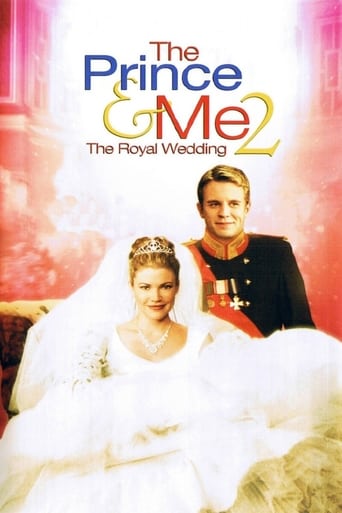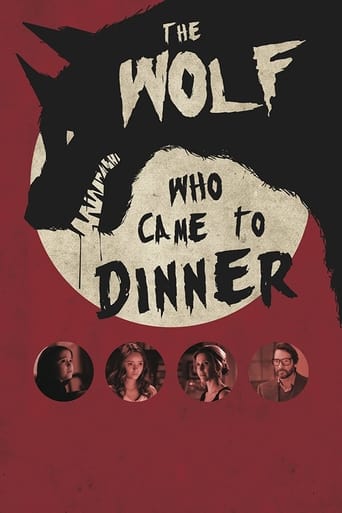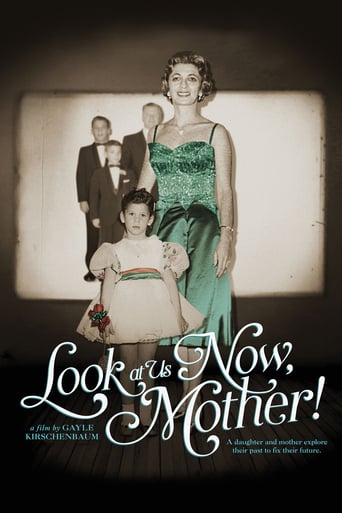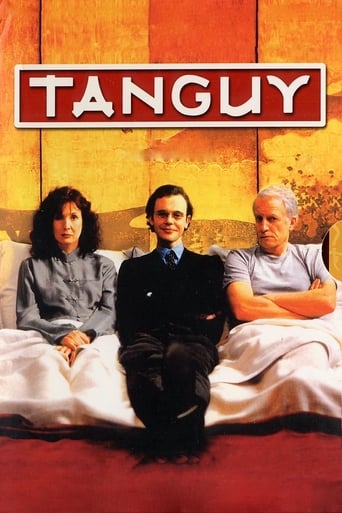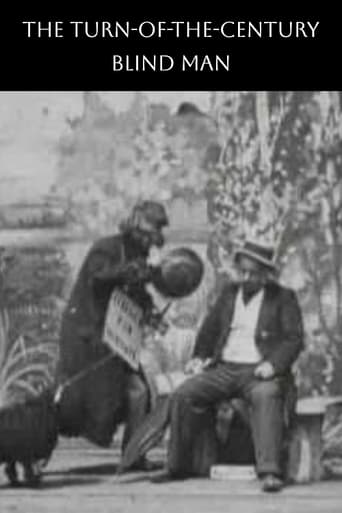
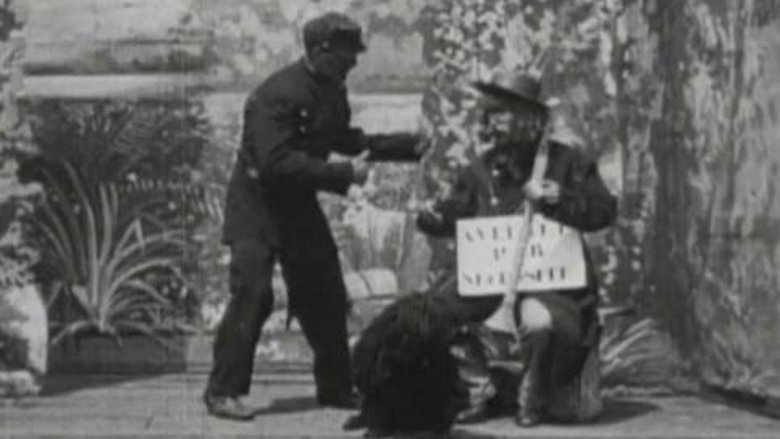
The Turn-of-the-Century Blind Man (1898)
A blind man begging for change tries to outsmart a cop.
Watch Trailer
Cast
Similar titles
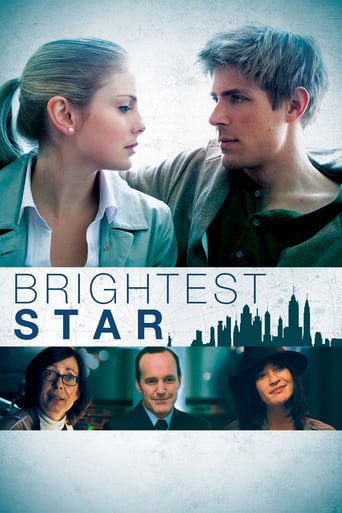
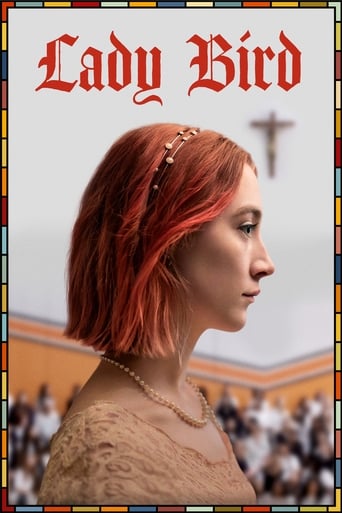
Reviews
Highly Overrated But Still Good
Brilliant and touching
Pretty good movie overall. First half was nothing special but it got better as it went along.
All of these films share one commonality, that being a kind of emotional center that humanizes a cast of monsters.
In 2010 Maurice Gianati gave an important talk provocatively entitled Did Alice Guy exist? at the Cinemathèque française. In the talk, based on his research in the Gaumont archives, he advanced three arguments 1. that the film The Cabbage-Patch Fairy could not date from 1896 as Guy claimed (the copy that survives is certainly of later date)and that she was in bad faith in claiming to have started her film-making career (she was previously secretary to Gaumont) at this early date 2. that during the period 1896-1902, there were actually several different groups at work making films at or for Gaumont, including perhaps most importantly, Georges Hatot who had previously directed fictional and historical views for Lumière and who would later move to Pathé (c. 1900) and then to Éclair in 1906. 3. that, without good reason, critics and biographers have continued to ascribe more and more films to Guy, including those she herself denied making. He was able to show from documents in the archive that Hatot, having left Lumière, was employed by Gaumont to make films in 1898 along with his long-time friend and colleague Gaston Breteau and he also showed that various other film-makers, including the independent cinematographer Léar (Albert Kirchner) and the Gaumont cinematographer Henri Vallouy were also active in making films during the 1890s.Alice Guy being a woman the talk has led to a heated debate where neither side (pro or anti-Guy in effect) has been able to maintain any sort of rational critical distance. Fans of Guy have preferred to reject Gianati's arguments en bloc, ignoring the fact that several of his discoveries have an importance that goes rather beyond the career of Alice Guy.The argument that most displeased Guy fans was the first and it was rather foolish of the critic to have spent so much time on what simply a kind of Guy-bashing. His other arguments, however, that there were several hands involved in film-making at Gaumont 1896-1902, including the Hatot team, and that critics have been far too careless in ascribing films unthinkingly to Guy, are undoubtedly correct.If one dissociates these arguments from the first, it is clear that there are two different points in time involved - 1896 when Guy claims to have begun her film-making with The Cabbage-Patch Fairy and a time around 1902 when she clearly assumed responsibility for Gaumont output in general as a kind of artistic director. Many of the seeming discrepancies in Guy's accounts of this period are I think explained by this double time-frame.There is nothing at all improbable about Gaumont allowing Guy to make films in 1896. It was in that years that he broke with Georges Demenÿ, the man responsible for inventing the Gaumont camera and with whom he had begun to make films. Gaumont was now obliged to "buy in" talent from wherever he could and it was a perfect occasion for the young secretary to volunteer her own services. Moreover, as her most recent biographer points our, The Cabbage-Patch Fairy has strong stylistic similarities with the fairy-tale scenes produced by Demenÿ in 1896. The catalogue annotation "big success" seems very improbable for such a simple little film in 1900 but is perfectly conceivable in 1896. Although the 35mm print we have dates from 1900 there seems no reason not to believe that the film was originally made in 58mm for the Demenÿ camera in 1896.Having restored Guy's reputation in that respect, it becomes perhaps possible to give serious attention to Gianati's more important arguments. That the films on the various Gaumont catalogues for these early years are not all the work of Guy is entirely clear nor did she herself ever at any point claim they were. Many she believed, with some reason to have been from outside sources including the the whole of the "C"-series catalogue in which this film appears. Gaumont's son denied this but they were talking in a way at cross-purposes because the Hatot team, although employed by Gaumont, was clearly a semi free-lance operation (Léar and Breteau produced a separate catalogue of their own of their "stag" films).What the Guy fans seem not to appreciate is that careless ascription of films to Guy that she did not make does nothing whatever to increase her reputation. Most of the films concerned are not particularly good, some are of a kind that Guy herself held in horror (the erotica) and most of the others are copies of Lumière and in some cases Mèliès films. Guy was never a copyist of this kind (even The Cabbage-Patch Fairy is remarkable for its originality) and it does her no service at all to ascribe such films to her.In fact the C-series films, including this one, are almost certainly the work of Hatot. This section of the catalogue several historical films of the kind that were Hatot's specialty and also films from a series of views illustrating the 1870-1871 Franco-Prussian war that he had already made for Lumière (Combat sur la voie ferrée and House Ambushed at Dawn) and which he would continue to make for Pathé after he left Gaumont. The Burglars, Le Cocher de fiacre endormi and Les Tribulations de Mme Pipelet are all copies or near-copies of films Hatot had earlier made for Lumière as for that matter is the 1898 version of The Passion which Guy specifically denied having anything to do with. Her own version of 1905 was much superior.With apologies for having to translate some French titles quite unnecessarily into English to appease and ignorant monolingual system that sees spelling mistakes where there are none..
The Turn-of-the-Century Blind Man (1898) This film from Alice Guy has a blind man being chased off by a cop only to have someone else sit where he was. The blind man then plays a joke on that man but putting his "help" sign on him. I'm not sure if this was meant as comedy back in the day but whatever it was certainly doesn't translate very well in today's times. For the most part this is worth watching if you're a fan of these early movies but at the same time if you're new to watching them then there's nothing here that demands you watch this as there are much better films out there. Fans of Guy will also know that she went onto do much better films.
"L'aveugle fin de siècle" has a title that fits the year 1898 very nicely and this is an old black-and-white silent movie that is already almost 120 years old. The director is Alice Guy, still very young in her 20s, the first female filmmaker that really made an impact in the days of Georges Méliès. Like him, she is from France as well and one reason why this country is considered the birthplace of cinema. It's fairly difficult to understand what exactly is going on, but apparently we have a beggar who gets chased away by a policeman and then plays a prank on the policeman and, at the same time, at another guy who just wants to sit down for a moment. Nothing great here in terms of the story, but you have to keep in mind this was 1898. So, I was a bit generous with my rating. Nonetheless, not recommended. There are better films out there by Alice Guy.


